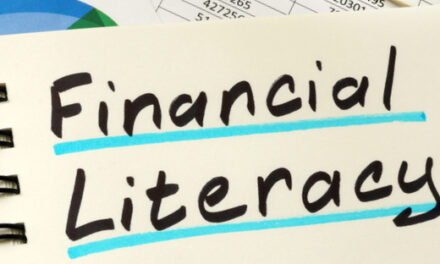
Five Indicators of Economic Recovery
There are the five critical economic measures that will provide the best insight into the state of economic recovery and its sustainability.
To view the full article please register below:
Five Indicators of Economic Recovery
Listen to the financial news and you’ll probably hear many conflicting views on what data to follow to determine the state of our economic recovery. It can be confusing, but it needn’t be so complicated. Here are the five critical economic measures that, I believe, will provide the best insight into the state of economic recovery and its sustainability.
Five Economic Recovery Benchmarks
Since the U.S. economy is primarily driven by consumer spending (private consumption and expenditures represent 67.6 percent of 2020 GDP.)1, a sustained recovery will rest on two fundamental preconditions: Americans must have a job and they must feel confident about the future. This is why I follow:
- The Unemployment Rate—After hitting a historically low 3.5 percent jobless rate, unemployment soared overnight to 14.7 percent in April 2020, declining in successive months from that peak to 11.1 percent in June.
Since the unemployment rate is reported on a monthly basis, it’s important to watch the weekly jobless claims to get a directional peek into the employment situation.
Status: Improving, but tenuous.
- Consumer Sentiment—From a February 2020 high of 101 in the University of Michigan’s Index of Consumer Sentiment, consumer confidence plunged to 71.8 in April. It has gradually improved, rising to 72.3 in May and 78.9 (preliminary) in June.2
Status: Improving.
- Fed Balance Sheet—The market adage “Don’t Fight the Fed” is as reliable as it is pithy. (See my blog article Monetary Policy and the Stock Market.) The Fed’s response to the COVID-19 pandemic has aided economic recovery.
As a consequence of its influence, I watch the Fed’s balance sheet to understand the direction of quantitative policy. As we saw in late 2018, any move toward quantitative tightening can prove highly unsettling to investors. For the foreseeable future, monetary policy is likely to remain accommodative, although the Fed’s balance sheet has ticked down as of late, something we are watching closely.
Status: Positive, but declining.
- Vaccine Status—The development of an approved vaccine is an essential precondition of a full economic recovery. Fortunately, there some promising candidates approaching late stage testing. Foremost among these is a joint effort between Oxford and AstraZeneca, which if Phase III trials have positive results could mean emergency vaccines being available later this year.
Status: Positive, but tenuous.
- Positive COVID-19 Rates—The increase in COVID-19 cases should not have come as a surprise given the increase in testing and the reopening of states’ economies. A more instructive measure is the percentage of positive test results relative to the number of tests conducted. According to Johns Hopkins, this rate has been on a steady rise throughout July.3
Status: Negative.
It’s important that money managers are able to block out the cacophony of commentary and stay focused on a clear, simple and reliable framework for understanding an uncertain economic landscape. That’s why we developed this list of key inputs to help shape our view of the trajectory of the U.S. economy.
Sources:
- https://apps.bea.gov/scb/2020/05-may/0520-gdp-economy.htm#component
- https://data.sca.isr.umich.edu/fetchdoc.php?docid=65447
- https://coronavirus.jhu.edu/testing/individual-states
Please reference disclosures: https://blog-dev.americanportfolios.com/disclosures/











